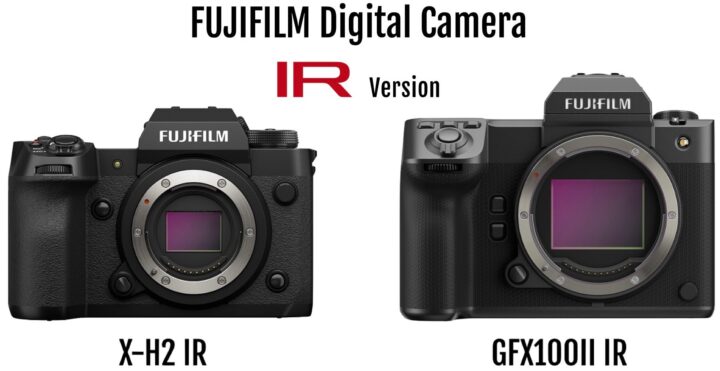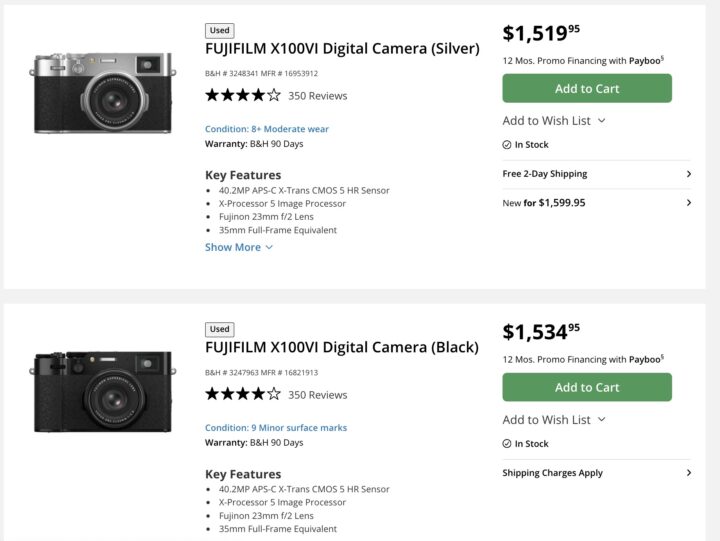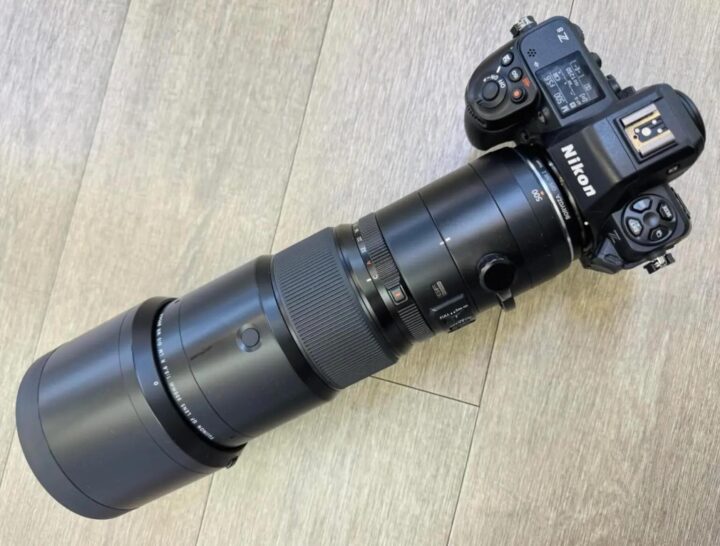Fujifilm Dominates MapCamera Sales Ranking in June

MapCamera (one of the largest retailers in Japan) has shared the list of the top 10 selling cameras in June:
- Fujifilm X half
- Fujifilm X100VI
- Fujifilm X-M5
- Nikon Z5II
- Ricoh GR IIIx
- Nikon Z50II
- Sony α7C II
- Fujifilm X-T5
- Canon EOS R6 Mark II
- Ricoh GR III
The Fujifilm X half wins with a large margin on the second camera and with the charcoal version being the most popular one. Now there is a shortage on X half cameras at MapCamera.
Fujifilm X100VI and X-M5 keep being very popular.
The Fujifilm X-T5 was pushed back into the ranking thanks to a cashback campaign running in Japan.
via mapcamera





